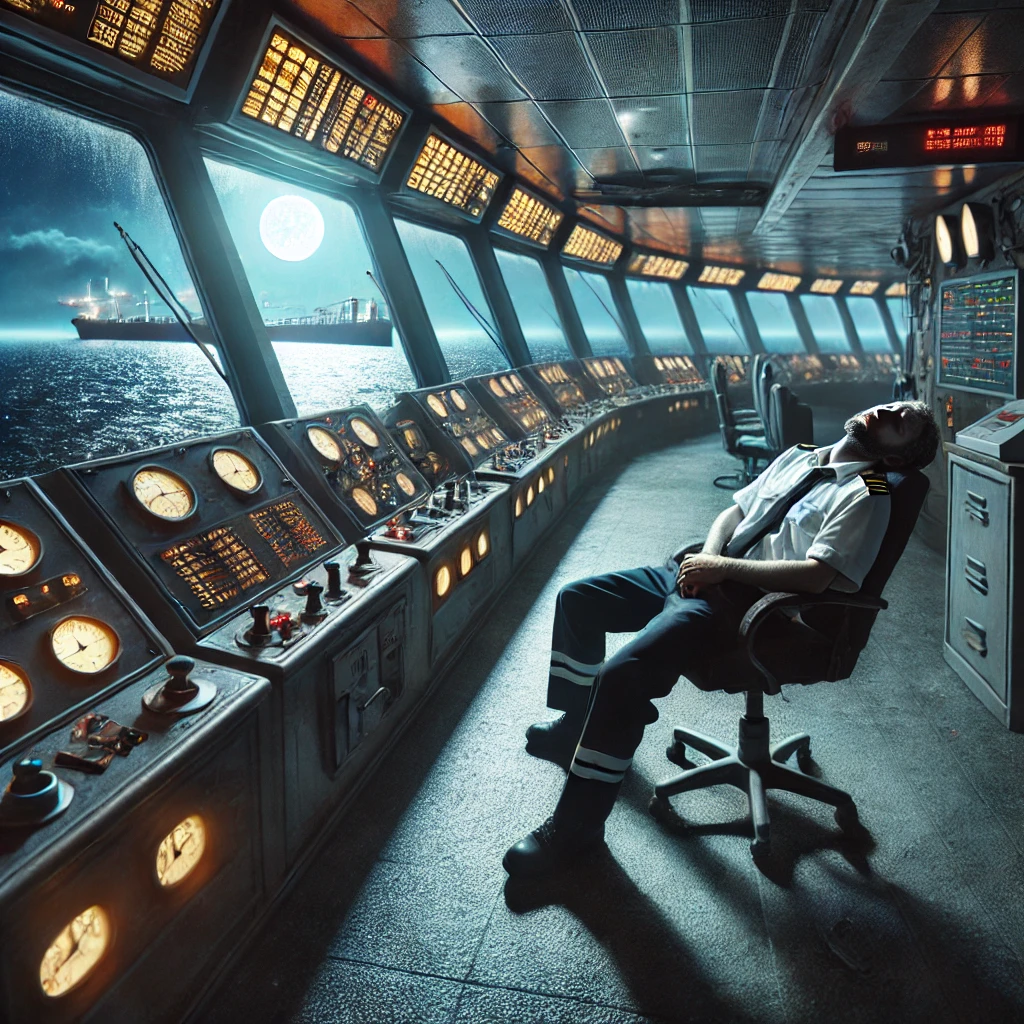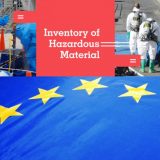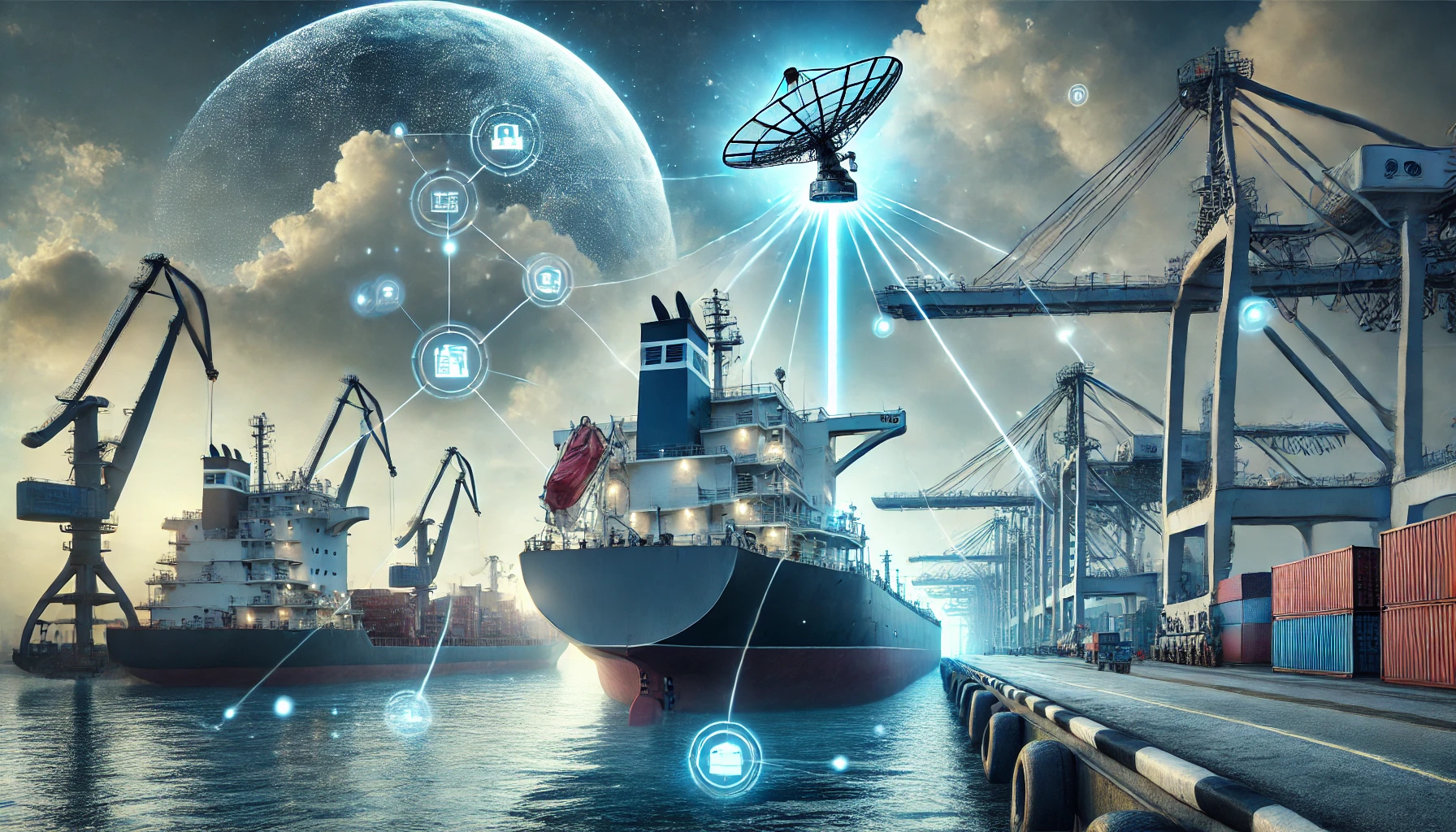Merchant vessels plying international waters carry flags of the states where they are registered. The Flag State provides the nationality of the vessel and the jurisdiction under whose laws the vessel is registered or licensed. It has the authority and responsibility to enforce national and international regulations including those under IMO and the Law of the Sea.
“The core function of a ship registry is to ensure compliance with national and international regulations and conventions applicable to ships registered in their country,” explains Nick Sansom, Chief Business Development Officer of the Bermuda Shipping and Maritime Authority.
He adds that “Bermuda goes a step further in providing solution-based support to help shipowners comply and meet port state requirements through having its own experienced staff of former chief engineers, captains and naval architects with a deep understanding of clients’ operations and requirements. This is reflected in Bermuda’s top five position on the Paris MOU list and membership in the USCG’s QUALSHIP 21 program.”
The register of vessels maintained by the Flag State allows owners to register ownership and lenders to register securities held on the vessels.
Under the principle of Port State Control (PSC), vessels must also comply with the laws and regulations of the ports in the countries they call at. PSC operates under the purview of the Paris and Tokyo MOUs, whose principal goal is to eliminate the operation of substandard ships through a harmonized system of regulations and requirements.
FOCs – Flags of Convenience or Compliance?
An open registry is one where the vessel’s owner is in a country other than the Flag State and where seafarers of any nationality may be used aboard its ships.
One of the oldest and most reputable open registries is the U.K. Ship Register (UKSR), part of the Maritime and Coastguard Agency.
“The UKSR is an international register with eligibility available to over 120 countries and, as a government entity, there is no profit-making agenda,” says Katy Ware, Director of UK Maritime Services and Permanent Representative of the U.K. at the IMO. “The focus is on the safety of ships and seafarers and the impact on the environment. Those sailing under the U.K. flag know their safety is the top priority regardless of whether a vessel is domestically or internationally operated.”
There’s considerable misunderstanding regarding use of the term “Flags of Convenience,” which was coined as a pejorative phrase several decades ago when there was a shift from traditional maritime nations and national flags such as the U.S. and European flags to the open registries of nations like Panama and Liberia.
The term was used to describe all ship registries that operate as an open registry as opposed to a closed or domestic registry, i.e., one that only allows national companies to register vessels. The implication was that these were substandard and unsafe registries used solely to skirt safety rules and prevent owners from needing to provide for their crews – falsehoods that have been refuted given the high rankings of many so-called “FOCs” versus national flags.
In the 2021 International Chamber of Shipping survey of vessel deficiencies identified by Flag States, vessels flying the flags of Panama, Liberia and the Republic of the Marshall Islands (RMI) – the three most popular ship registries – along with many others operating on an open registry basis scored positive results and are included on the Tokyo MOU and Paris MOU White Lists as well as the USCG’s QUALSHIP 21 program, often ranking higher than many traditional national flags.
RMI is the only registry in the world to achieve 17 consecutive years of recognition by the USCG’s QUALSHIP 21 program.
Alfonso Castillero, Chief Operating Officer of the Liberian Registry, says: “Ship registries have a great responsibility to ensure that the vessels flying their flag are fully compliant with the national and international regulations and conventions to which that State is a party. This high commitment to compliance and safety should not be confused with the demonized word “convenience,” used by those who push the archaic ‘Flag of Convenience’ line. The proof is in the Port State Control rankings. These so-called FOCs are actually ‘Flags of Compliance.’ Those who actually understand the maritime industry already know this fact well.”
Bill Gallagher, President of International Registries/RMI, adds, “The RMI registry, the youngest and greenest in the world (more than 50 percent of RMI’s gross tonnage uses green technology as categorized by Clarksons) and the best performer in PSC rankings of the top 10, has invested heavily in technical resources worldwide to provide its hallmark service and support to the industry as it continues to innovate and change.”
Each registry brings unique propositions to shipowners. Panos Kirnidis, CEO of the Palau International Ship Registry (PISR), a relative newcomer founded in 2012, says its proprietary software platform (ePISR) allows speedy same-day electronic delivery of certificates and documentation for its vessels. Additionally, its Deficiency Prevention System assists vessels prior to and during a PSC inspection.
Cabotage and the Jones Act
Most countries (e.g., the U.S., Nigeria, Indonesia, Malaysia among others) protect their domestic shipping by confining domestic shipping routes to only those vessels flying their flags. This is called cabotage, and it’s implemented under the countries’ merchant shipping laws. In the U.S., cabotage is enforced under the Jones Act.
Benedict Oregbemhe of Benfield Attorneys Nigeria notes that a peculiarity of the Nigerian cabotage regime is that the vessel must be built in Nigeria. Indonesia’s regime covers Indonesian-registered vessels with domestic ownership requirements but also covers specified commodities.
Nicole Andrescavage of Lewis Brisbois Bisgaard & Smith in the U.S. explains that the Jones Act generally requires that vessels engaged in domestic trade be built and flagged in the U.S. and owned by U.S. citizens. The law also limits foreign repair work and sets requirements for crew: All officers and three-fourths of crew members must be U.S. citizens or permanent residents. Different aspects of the Jones Act are enforced by both the U.S. Coast Guard and Customs & Border Protection.
Katy Ware says that, since withdrawing from the E.U., the U.K. has maintained an open coast policy and places no restrictions on foreign vessels conducting maritime cabotage operations within its waters.
Some Flag States register bareboat charters, e.g., Singapore, U.K., Italy. In the U.S., according to Andrescavage, these registrations are slightly different as the owner’s Flag State has permanent oversight over its vessels. For bareboat charter registration to take place, the owner’s Flag State must suspend its registration for the duration of the charter.
Green Shipping
“We believe Flag States have an important role to play in promoting green shipping and helping the industry meet IMO environmental targets,” says Cameron Mitchell, Director of the Isle of Man Ship Registry. “It’s our collective responsibility to respond to the climate emergency by taking action to effect real change for the benefit of our environment and industry. The Getting to Zero Coalition brings together a diverse range of organizations, and we look forward to working closely with them to help make commercially viable, zero-emission vessels a scalable reality.”
Mitchell could be speaking for many others as well as ship registries up their game and take ownership of their role in bringing about sustainable change.
The Bahamas Maritime Authority registered Carnival’s Mardi Gras, the first LNG-powered cruise ship operating in the Americas. LNG-powered vessels feature less energy consumption and leave a much smaller environmental footprint than traditional diesel-powered ships.
“Innovation is key to a Flag’s maintaining its status,” says Katy Ware. “The UK Ship Register is acutely aware of the need – and growing desire in the industry – for more sustainable shipping technology, and we’re working towards achieving this with our dedicated Maritime Future Technologies team.”
Philip Teoh is an international lawyer and maritime arbitrator based in Kuala Lumpur, Malaysia, and a frequent contributor to The Maritime Executive.
Source: maritime-executive





